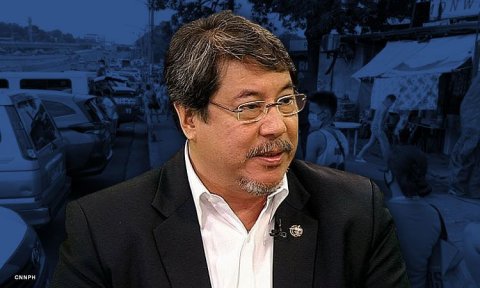The number of fresh cases COVID-19 cases in the Philippines is “really going down,” said Ted Herbosa, the government’s special adviser and executive vice president of the University of the Philippines, as Metro Manila shifts to GCQ.

“It’s time to test our setup, our system, if it will be indeed able to indeed handle the next wave if it does happen,” said Herbosa.
“We didn’t waste the time we were in quarantine. We were able to catch up in terms of laboratories. We started with 3 in February, now we have about 37 and several gene expert laboratories,” he added.
He also noted that some 74 laboratories were awaiting accreditation from the Department of Health.
Herbosa said the country gained “some control” in the coronavirus transmission as its doubling time is now at 10 to 12 days versus 2 days during the start of the outbreak in March.
“We really are in the deceleration of the curve, but I don’t know if we are just plateauing because the other number we look at is the time varying reproductive number. I think that’s hovering around 1. We want that number to be really low,” he said.
He added that the Department of Health’s “dumping of backlog” or late cases should be added on the dates when the COVID-19 tests were done.
The health department’s new format of reporting is divided into two categories. The “fresh” cases are those whose test results were released to the patient within three days from reporting time, and “late” cases or results released four days ago or more.
Also read: DOH: Backlog complete, no more ‘late cases’ reported by June 1
Fresh COVID-19 cases ‘really going down’
“Fresh cases are really going down. The cases have gone down to a single digit. In fact, there was a day there were only 5 new confirmed cases a day. At least with the removal of what we call late cases that the trend had been continuing. It was only the dumping of the backlog that caused confusion,” he said.
“We will do some cleaning up. We will help DOH clean up the data so the public and the decision makers who will use this data–the more accurate, real-time the data is, the decisions will be more robust.”
He said the country still needs to reach its goal of running 30,000 tests daily and conduct of “meticulous contact tracing.”
“That’s not gonna be solved by apps, that’s gonna be solved by surveillance people who will really look for contacts of positive patients, follow them up, do case files on them and test them if needed,” he said.
“The only place I’ve seen that done here in the Philippines is in Baguio City.”
